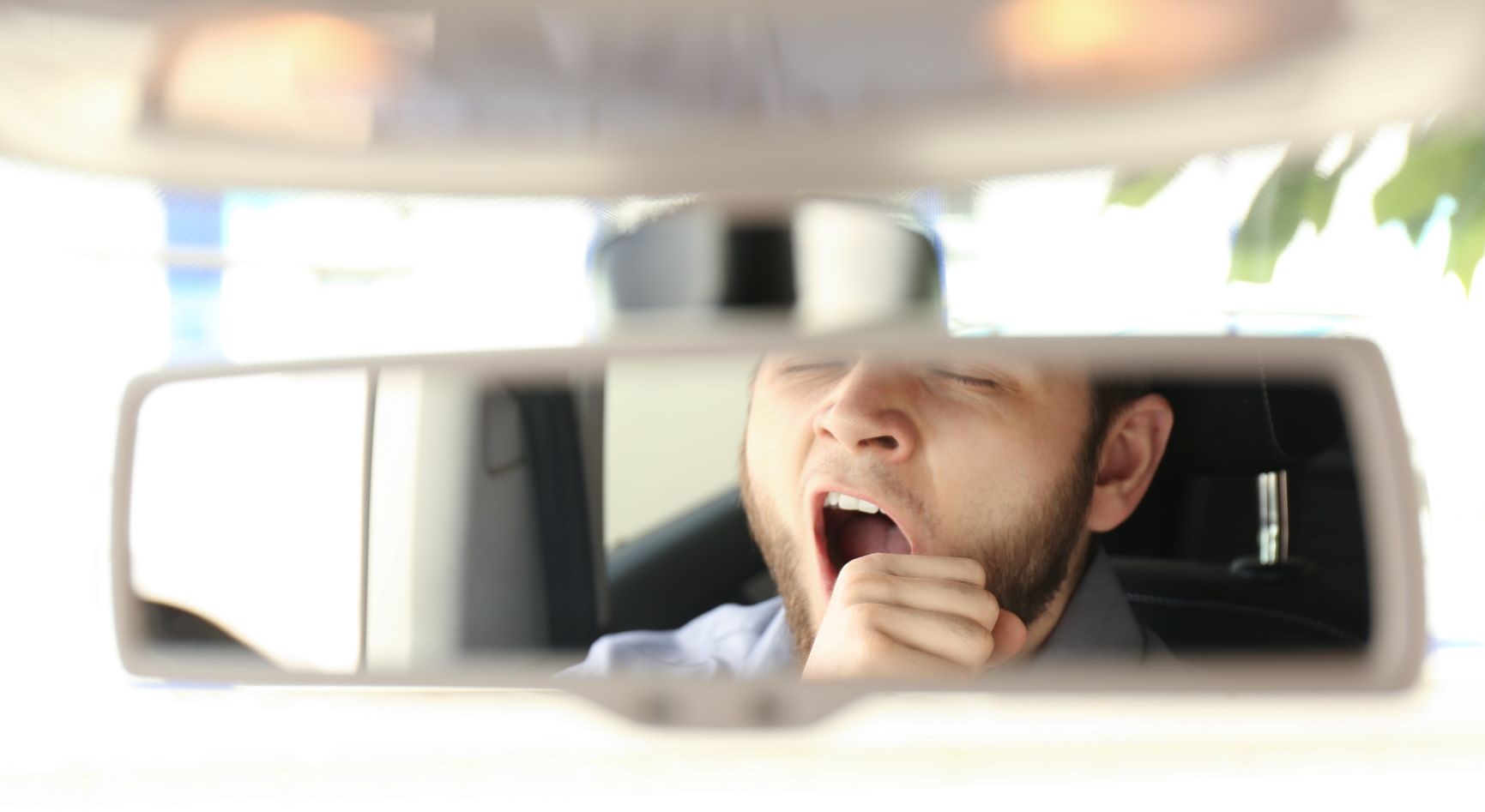Sleep deprivation is a serious concern – and potentially fatal when combined with the most common activity among American adults: driving. While society, legislators and law enforcement focus on driving under the influence of alcohol, there is arguably not nearly enough attention given to drowsy driving.
Here are some sobering statistics from U.S. government agencies:
- An estimated 10,000 fatal car crashes involved alcohol in 2017, equaling about 30% of all fatal crashes.
- It’s believed that as many as 6,000 fatal crashes are due to drowsy driving, which is about 21% of all fatal crashes.
But just like with our national efforts to reduce drunk driving accidents and deaths, awareness and education are key to helping the public recognize the signs and dangers associated with driving while drowsy.
Signs You’re Too Drowsy to Drive
- Frequent yawning or blinking
- Actively finding ways to stay alert (louder music, caffeine)
- Drifting in or out of your lane, or onto the rumble strips or shoulder
- Missing a turn or exit
- Wondering if you just drove through a red light or stop sign
- Having trouble remembering the last couple of miles you drove
How Drowsy Acts Like Drunk
- Decreased alertness
- Slower reaction time
- Impaired decision-making
- Lowered motor control
Risk Factors of Drowsy Drivers
Sleep deprivation -- whether it’s loss of sleep or poor sleep, chronic or from just one night – can put you at higher risk of anything from non-injurious mental mistakes at work to fatal accidents operating equipment and a motor vehicle. There are also certain people who are at high risk of sleep deprivation and greater risk of driving drowsy.
- Shift workers – An estimated 16% of working Americans pull a night or rotating shift as their full-time job, such as those in the medical field, law enforcement and commercial transportation (truck drivers and pilots). Watch this video about nurses at risk of sleep deprivation.
- Snorers and people with untreated sleep disorders – There are many people who have conditions such as obstructive sleep apnea or narcolepsy who are not getting treatment. The risks to those suffering from sleep apnea is much worse than just falling asleep as soon as you sit and relax for a minute.
- Young men – Driving drowsy is most common among young men in their teens, 20s and 30s and tends to occur between 11 p.m. and 8 a.m.
- Medication that causes drowsiness – Many prescribed medications cause sleepiness as a side effect, and people on those should be doubly careful when it comes to alcohol consumption while on these medications.
How Driving Drowsy Really is Like Driving Drunk
A couple of important points to remember about impairment caused by sleep deprivation compared to alcohol use, based on national studies:
- Being awake for at least 18 hours result in the same impairment as a blood-alcohol content (BAC) of .05%
- At 24 hours, that impairment doubles to .10%, which is over the legal limit of .08% in all 50 states.
- Drowsiness will increase the effect of even low levels of alcohol.
You can share this article to help prevent injuries and fatalities due to drowsy driving.
